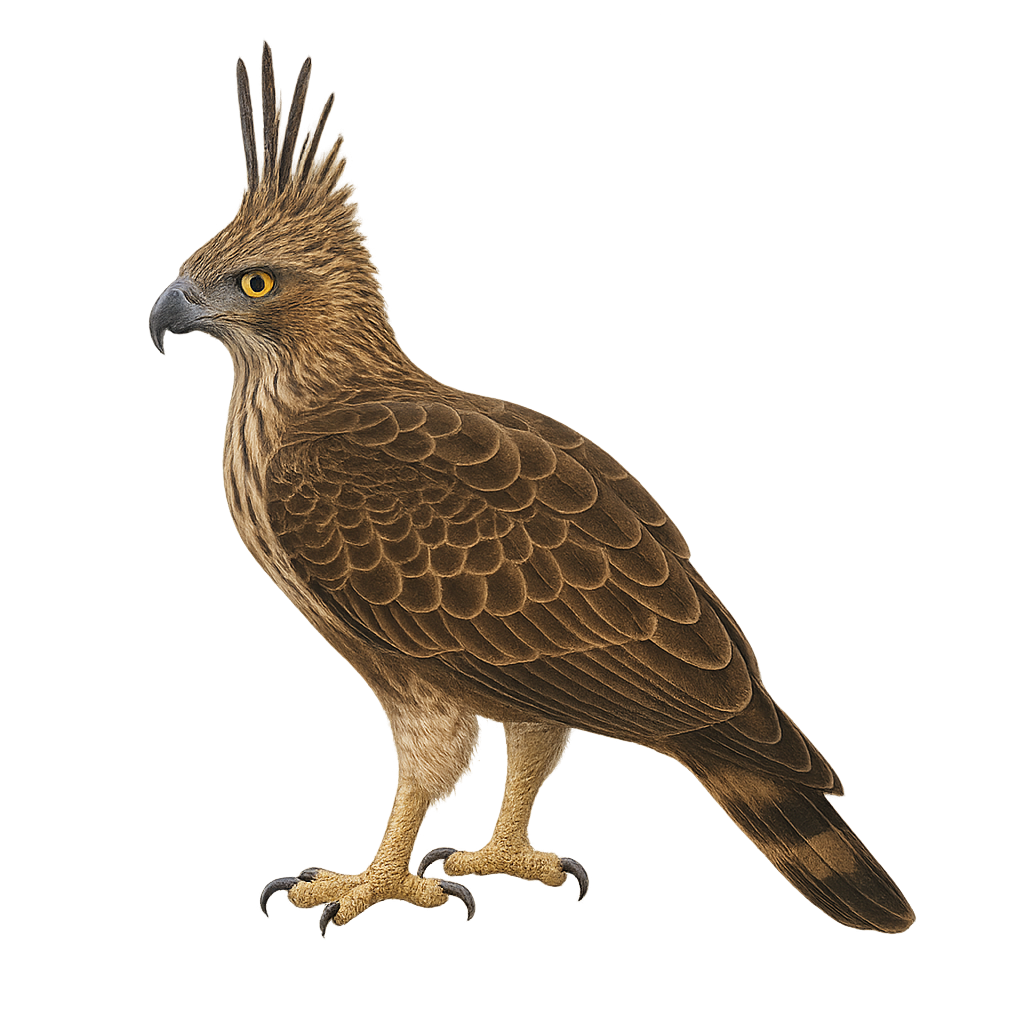Your wildlife photography guide.
Explore the changeable hawk-eagle in detail, study its behavior, prepare your shots.
Where to observe and photograph the changeable hawk-eagle in the wild
Learn where and when to spot the changeable hawk-eagle in the wild, how to identify the species based on distinctive features, and what natural environments it inhabits. The WildlifePhotographer app offers tailored photography tips that reflect the changeable hawk-eagle’s behavior, helping you capture better wildlife images. Explore the full species profile for key information including description, habitat, active periods, and approach techniques.
Changeable Hawk-Eagle
Scientific name: Nisaetus cirrhatus

IUCN Status: Least Concern
Family: ACCIPITRIDAE
Group: Birds
Sensitivity to human approach: Suspicious
Minimum approach distance: 30 m
Courtship display: November to March
Incubation: 42-44 jours
Hatchings: December to May
Habitat:
dense forests, wooded areas, hills
Activity period :
Primarily active during the day, with peak activity in the morning and late afternoon.
Identification and description:
The Changeable Hawk-Eagle, or Nisaetus cirrhatus, is a majestic bird of prey found primarily in South and Southeast Asia. It is recognizable by its distinctive crest and dark brown plumage with lighter patterns on the belly. This raptor is often observed in dense forests, where it hunts a variety of prey, ranging from small mammals to birds. Its flight is powerful and graceful, allowing it to soar at great heights. Although generally solitary, it can sometimes be seen in pairs, especially during the breeding season. The Changeable Hawk-Eagle is a symbol of power and freedom in many local cultures.
Recommended lens:
400 mm – adjust based on distance, desired framing (portrait or habitat), and approach conditions.
Photography tips:
To photograph the Changeable Hawk-Eagle, it is advisable to use a 400mm or longer telephoto lens to capture detailed images without disturbing the bird. Look for areas where the eagle is known to hunt or perch, such as forest edges or hills. Be patient and discreet, as this bird is suspicious and may fly away at the slightest alert. Morning or afternoon light is ideal for capturing beautiful photos with good contrast and detail in the plumage.
The WildlifePhotographer App is coming soon!
Be the first to explore the best nature spots, track rutting seasons, log your observations, and observe more wildlife.
Already 1 430 wildlife lovers subscribed worldwide

